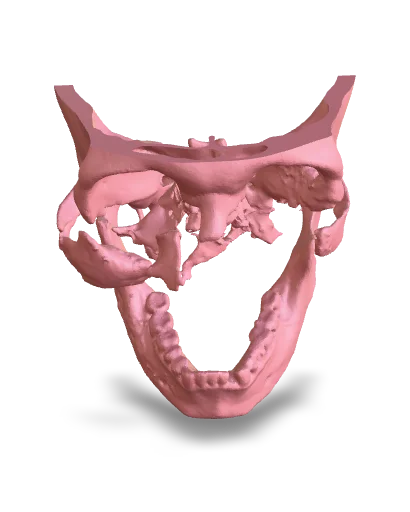For decades, plastics and metals have represented the two primary forms of medical implants. While much can be said about these materials-they have gotten the job done, after all-there are limitations to both. 3D printing technology is changing the implant landscape, introducing a whole new paradigm of metal implants: highly customized, biocompatible, and offering patients an entirely new range of options.
Traditional Implants: Addressing the Shortcomings
Conventional implants, often made from:
- Plastics: May lack the long-term durability needed for load-bearing applications.
- Standard Metals: Can result in stress shielding, where surrounding bone weakens due to the implant absorbing too much force.
These limitations can lead to complications and the need for revision surgeries.
Metal 3D Printing: A New Chapter in Implant Design
3D printing with metals offers a groundbreaking solution:
- Strength and Durability: Metal implants, particularly those made from titanium alloys, boast superior strength and longevity, ideal for weight-bearing implants like knees and hips.
- Porous Structures: 3D printing allows for the creation of implants with a porous structure that mimics natural bone. This promotes bone ingrowth, enhancing implant stability and reducing stress shielding.
- Customization: Medical imaging data like CT scans can be used to design patient-specific implants that perfectly match their unique anatomy, leading to improved fit and function.
Unlocking the Potential of Metal 3D Printed Implants
Metal 3D printed implants offer a range of benefits for patients:
- Improved Long-Term Outcomes: The enhanced strength and biocompatibility of metal implants can potentially reduce the risk of complications and the need for revision surgery.
- Enhanced Patient Comfort and Mobility: Customized implants with a more natural fit can lead to improved comfort, function, and range of motion.
- Reduced Recovery Time: Minimally invasive surgical techniques often used with 3D printed implants can potentially shorten recovery times.

Pioneering Techniques: 3D Printing Metals for Implants
Two primary methods are used for 3D printing metal implants:
- Selective Laser Melting (SLM): A high-powered laser selectively melts metal powder layer by layer, building the implant with high precision.
- Electron Beam Melting (EBM): A powerful electron beam melts metal powder in a vacuum environment, creating dense and robust implants.
The Future of Metal 3D Printed Implants
The future of metal 3D printed implants is brimming with promise:
- Advanced Materials: Research into new biocompatible metal alloys with enhanced properties is ongoing.
- Bioprinting Integration: The future may hold the integration of 3D printed metals with bioprinting techniques, potentially leading to implants that promote bone regeneration.
A Brighter Future for Patients: Metal Implants Redefined
3D printing technology is transforming the world of metal implants. By offering highly customized, durable, and biocompatible solutions, metal 3D printed implants have the potential to significantly improve patient outcomes and revolutionize orthopedic surgery.
Interested in learning more about metal 3D printed implants?
Search for terms like “3D printed titanium knee replacement” or “benefits of 3D printed metal implants” to delve deeper into this exciting advancement in medical technology. Check our website for further details Cure with 3D.


